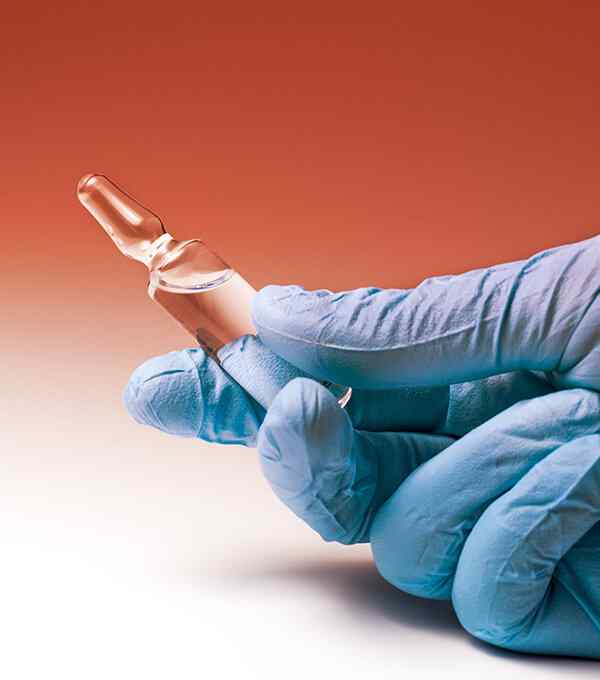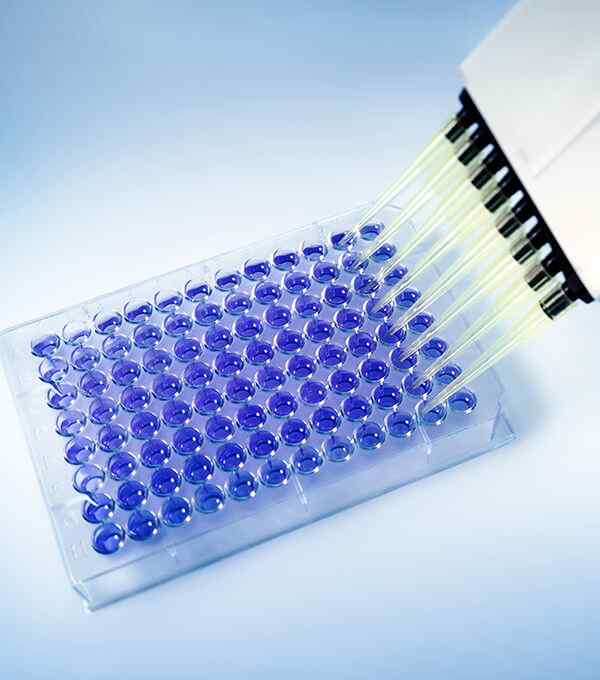Activation DiagnosticsHigh Repetition Lasers
High intensity lasers (>1019 W/cm2) produce relativistic electrons when they interact with matter. The high energy electrons upon incidence on a solid target produce secondary emissions like protons, neutrons, positrons, X-ray emission and γ-rays. Gamma rays produced from this interaction can be used to induce photoneutron reaction in a material, thereby producing short-lived isotopes or isomers. The isotopes or isomers produced can be used for diagnosing the radiation flux and directionality.
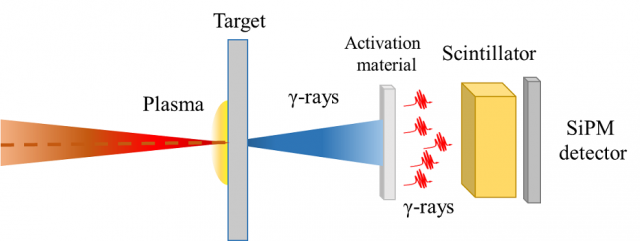
X-Ray & γ-RaysCompton Scattering Detector
High Energy X-ray Imaging Technology (HEXITEC) is a pixelated spectroscopic CdZnTe (CZT) detector, developed at the Rutherford Appleton Laboratory (RAL) for high energy X-ray and gamma ray applications. A single detector with an active area of 4 cm2 has been used in several applications including K-edge imaging, energy dispersive diffraction and multiple isotope Single-photon emission computed tomography (SPECT) imaging. In high intense laser facilities with very high X-ray flux, the radiation must be attenuated significantly before detected to avoid multiple photon detection per pixel. One way to achieve that is to place a scattering material in the photon path and detect the Compton scattered radiation. The detected energy can be used to reconstruct the energy of the photons incident on the scattering material by using the Compton scattering formula. Compton scattering from various materials as well as various detectors positions are being simulated using GEANT4 to find the best suitable position to place the detector as a permanent diagnostic.
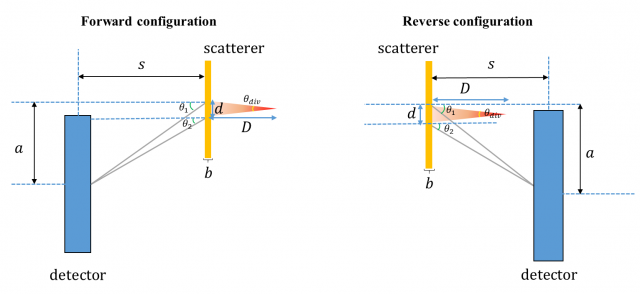
IonsThomson Parabola Spectrometer
The energy spectrum of ions emitted in laser plasma interactions contains useful information about the interaction itself. A Thomson parabola spectrometer allows a beam of emitted ions through an a aperture into a region of magnetic and electric fields. The dispersed ions are then detected on detector like an image plate. The tracks left by the ions on the detector plane helps to obtain the energies of different ion species. Modifying the Thomson parabola spectrometer to use a grid of multiple apertures allows the ion energy information to be obtained for ions emitted for different angles which is also important to understand the dynamics of the interaction.
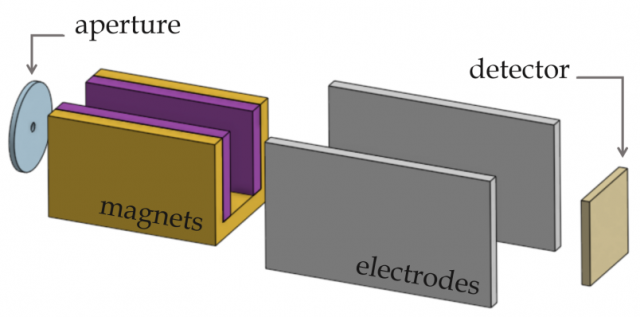
Schematic of a Thomson Parabola Spectrometer




